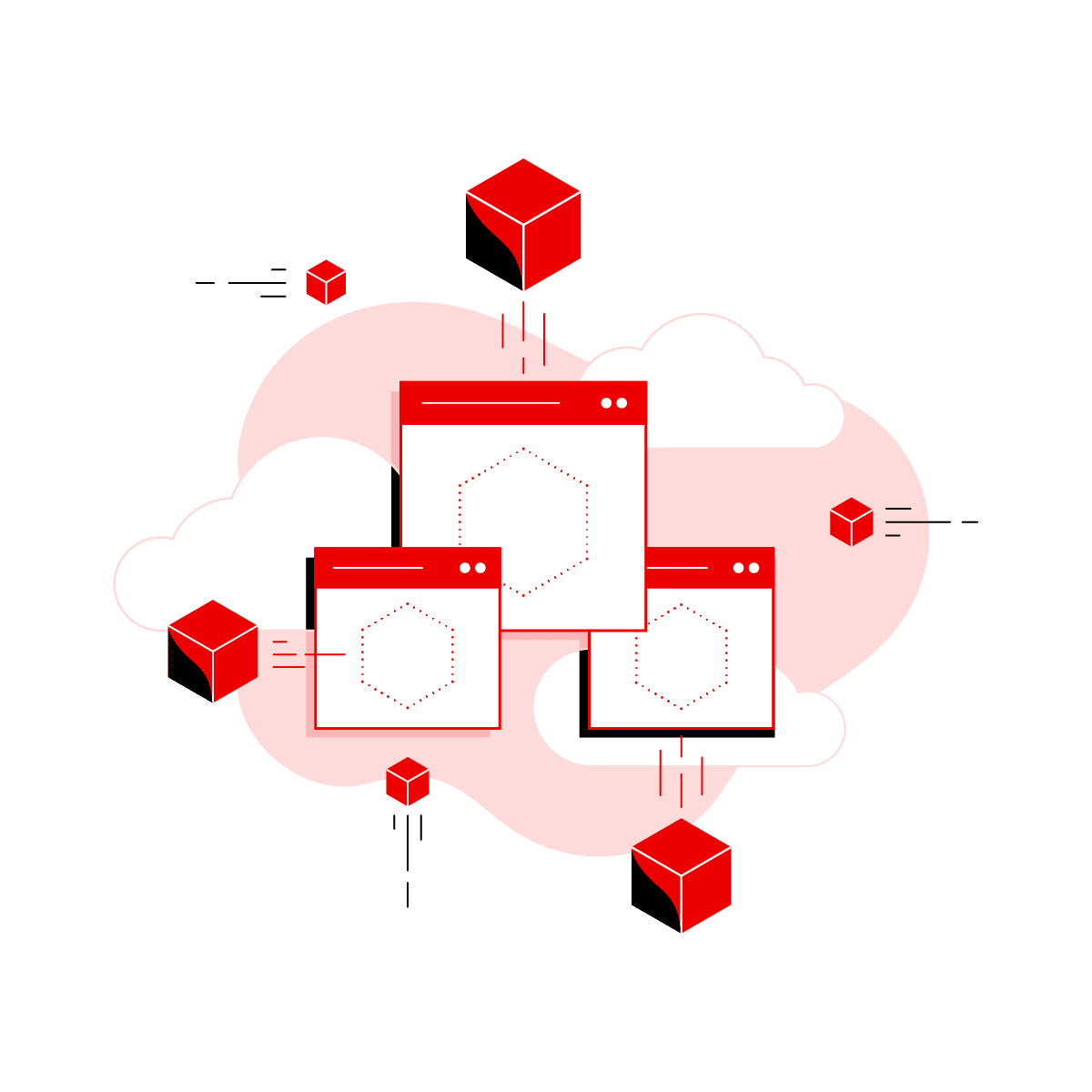
Fundamentals of Red Hat OpenShift for Developers is an introduction to deploying applications in the OpenShift ecosystem. This course provides the foundational knowledge to build, run, and manage containerized applications using OpenShift resources. As you embark on this learning journey, you'll explore the world of container orchestration, understand how to deploy applications efficiently, and manage their lifecycle within the OpenShift ecosystem. We start by defining Kubernetes and OpenShift terminology and concepts as well as the advantages of containerized applications. Next, we will demonstrate various application deployment techniques using both the web console and the command line. After learning how to expose applications to external access, we will cover how to effectively manage the application lifecycle using various deployment strategies and dynamic configuration management. Lastly we will cover basic strategies for monitoring application health and troubleshooting deployments. Our goal is to provide you with a solid foundation in OpenShift, ensuring you can leverage its full potential in developing robust, scalable, and reliable applications.
What's inside
Syllabus
Introduction to OpenShift
Understand the Basics of OpenShift and Container Orchestration
Deploying Applications on OpenShift
Deploy Applications Using Different Methods.
Read more
Syllabus
Good to know
Save this course
Activities
Review Docker Concepts
Show steps
Refresh your understanding of the basic concepts and terminology surrounding Docker to ensure you have a strong foundation for learning OpenShift.
Browse courses on
Docker
Show steps
-
Review the Docker documentation or online tutorials on Docker concepts and terminology.
-
Practice creating and running Docker containers using the Docker CLI or Docker Compose.
Kubernetes Hands-on Practice
Show steps
Engage in hands-on practice with Kubernetes to solidify your understanding of core concepts like pods, deployments, and services.
Show steps
-
Set up a Kubernetes cluster using Minikube or a cloud provider like AWS EKS.
-
Create and manage Kubernetes pods, replicasets, and deployments.
-
Expose Kubernetes services and configure ingress for external access.
Show all two activities
Review Docker Concepts
Show steps
Refresh your understanding of the basic concepts and terminology surrounding Docker to ensure you have a strong foundation for learning OpenShift.
Browse courses on
Docker
Show steps
- Review the Docker documentation or online tutorials on Docker concepts and terminology.
- Practice creating and running Docker containers using the Docker CLI or Docker Compose.
Kubernetes Hands-on Practice
Show steps
Engage in hands-on practice with Kubernetes to solidify your understanding of core concepts like pods, deployments, and services.
Show steps
- Set up a Kubernetes cluster using Minikube or a cloud provider like AWS EKS.
- Create and manage Kubernetes pods, replicasets, and deployments.
- Expose Kubernetes services and configure ingress for external access.
Career center
Container Engineer
Cloud Architect
Kubernetes Administrator
Site Reliability Engineer
Cloud Developer
DevOps Engineer
Cloud Security Engineer
Cloud Operations Engineer
Front-End Developer
Full-Stack Developer
Software Engineer
Back-End Developer
Network Engineer
Security Engineer
Data Engineer
Reading list
Share
Similar courses
OpenCourser helps millions of learners each year. People visit us to learn workspace skills, ace their exams, and nurture their curiosity.
Our extensive catalog contains over 50,000 courses and twice as many books. Browse by search, by topic, or even by career interests. We'll match you to the right resources quickly.
Find this site helpful? Tell a friend about us.
We're supported by our community of learners. When you purchase or subscribe to courses and programs or purchase books, we may earn a commission from our partners.
Your purchases help us maintain our catalog and keep our servers humming without ads.
Thank you for supporting OpenCourser.


